p class=”p1”>A popular joke in East Germany involved Erich Honecker, leader of the German Democratic Republic, discussing hobbies with the head of the feared Stasi secret police, Erich Mielke. Honecker says “I collect all the jokes about me”, to which Miekle replied, “Well, we have almost the same hobby. I collect all the people who tell jokes about you.”
The Deutsche Demokratische Republik, which existed between 1949 to 1990 was one of the most peculiar and sinister countries behind the Iron Curtain. The most feared police state in recent history, it was the embodiment of George Orwell’s dystopian 1984. The DDR museum, situated on the banks of the River Spree, where the Unter den Linden turns into Karl-Liebknecht strasse, is a fascinating insight into daily life in East Germany, where it’s estimated one in ten people worked as an informant for the Stasi.
What’s most remarkable about the DDR museum, is its interactivity. With over 200,000 artifacts to draw upon, visitors are fully immersed in the secret world behind the Berlin Wall. The television in the model living room from an average East German apartment plays shows created by the state-run Deutscher Fernsehfunk. Pick up the telephone and you can hear the slight click on the line indicating the bugging recording of your conversation.
In the DDR every facet of life was state controlled. You can listen to bands such as Karat and Puhdys recorded on the state-owned Amiga label, which took the place of banned Western music. Polyester clothes were bought from the Dederon fashion catalog, which featured the latest in uniforms for the Free German Youth organizations alongside the state-designed equivalent of 1970s fashions.
The official hatred of anything Western meant that words such as ‘hotdog’ were banned by the state. The DDR equivalent was a hybrid of ketchup and sausage, called the Ketwurst, developed by the Gastronomic Rationalization and Research Centre in 1978. With US soft drinks similarly black-marketed, the Miltitz Chemical Works created their own unique lemon-flavored Vita-Cola.
One of the most ubiquitous symbols of East Germany was the Trabant car. Mass produced, another popular joke went that the best feature of a Trabant was a heater at the back to keep your hands warm whilst you pushed it. In the museum you can drive a period Trabant through a virtual simulated housing estate in East Berlin.
Renovated in 2016, the museum now includes a full-scale replica of an East German apartment - complete with bedrooms, kitchen, a functioning television and an elevator ride.
As western products began to replace their own in the 1990s, many East German’s wistfully looked back to the days when their country had zero unemployment and virtually no poverty, and state-sponsored nudist beach holidays.
Such is the nostalgia for the now defunct society, it has its own term : Ostalgie, derived from the German for east and nostalgia.
Hindsight now shows how extensive the Stasi eavesdropping was, how the secret police prisons operated, and how prevalent state sanctioned anabolic steroid use was in their athletic programs. The DDR museum provides an excellent immersive look into daily life into a Soviet satellite state, long since gone, which was cut off from the outside world for over fifty years.
Update as of January 2023: The museum is closed until March 21, 2023.
Know Before You Go
Closed till Feb 2023 due to aquarium bursting
Community Contributors
Added by
Edited by
Plan Your Trip
The Atlas Obscura Podcast is Back!


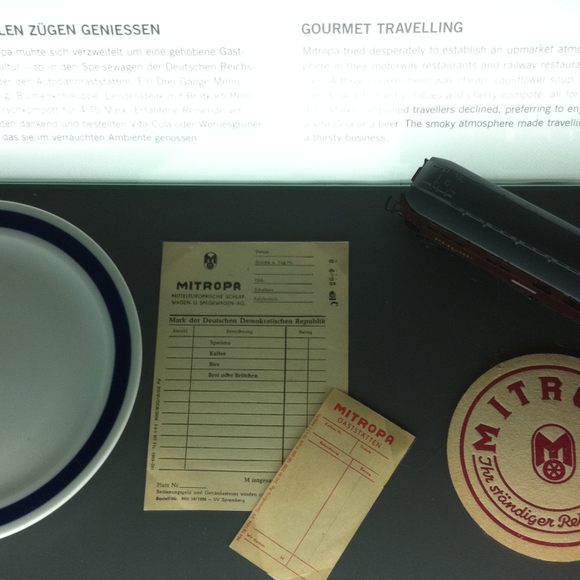













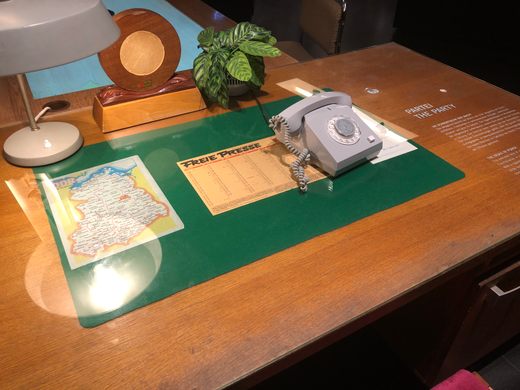
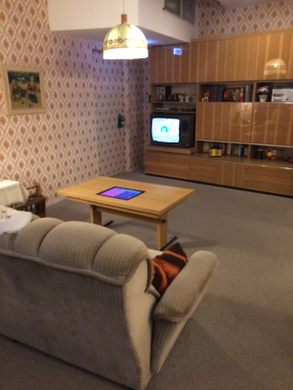
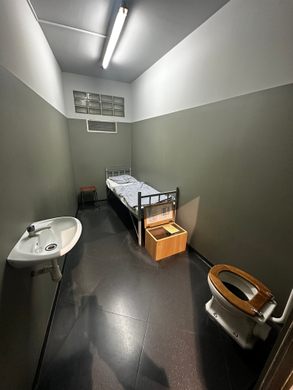


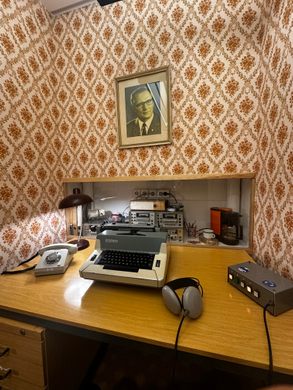















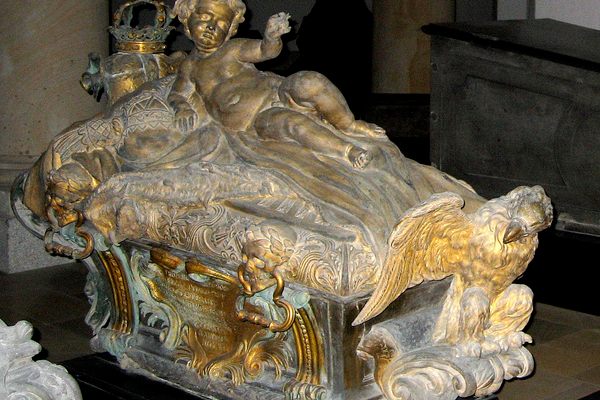
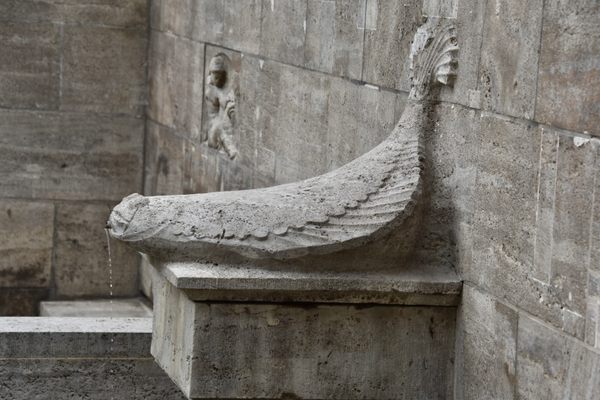
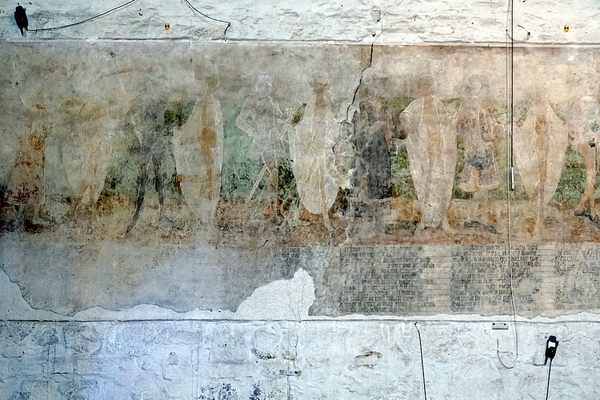
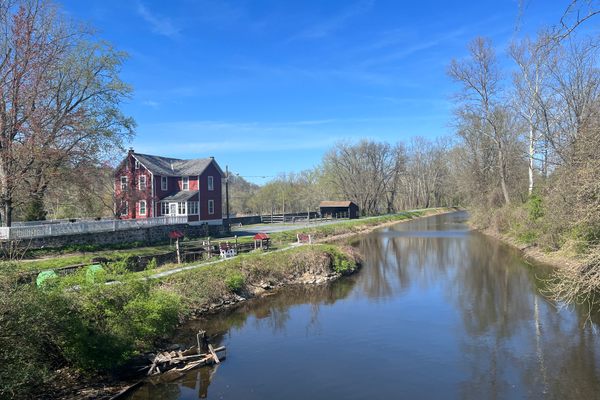




Follow us on Twitter to get the latest on the world's hidden wonders.
Like us on Facebook to get the latest on the world's hidden wonders.
Follow us on Twitter Like us on Facebook